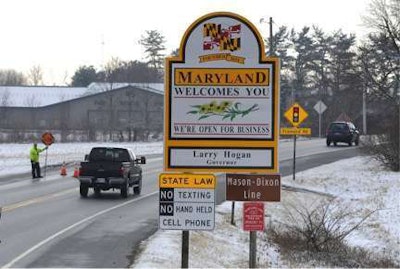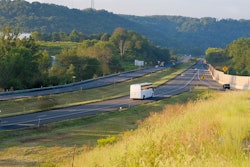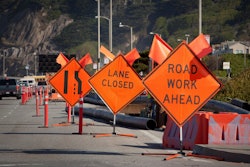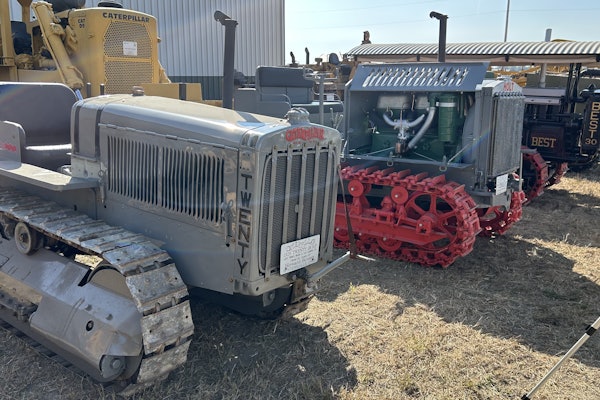
MDOT SHA has been studying seven Screened Alternatives and is proposing to carry them forward as the Alternatives Retained for Detailed Study (ARDS) in the Draft Environmental Impact Statement.
“Maryland needs to address congestion in the DC region,” said MDOT SHA administrator Greg Slater in a press release.
“If we don’t find a solution now, Marylanders will be sitting in traffic for many years to come — and that would be unfortunate. With the Managed Lanes Study, possible solutions for an improved transportation network and accessibility to transit options are being analyzed. With this Study, along with the Purple Line and other transportation efforts, MDOT is seeking to implement a connected network of choices for Maryland travelers, and businesses. The I-495 and I-270 traffic relief studies are about giving people time back in their lives and providing them with a reliable trip. Who doesn’t need time back in their day?”
Analyses for the study show that the hours lost to congestion will continue to grow for commuters on I-495 and I-270 under the no-build alternative. Preliminary analyses for the build alternatives show the average savings per commuter on I-495 and I-270 would vary from 45 hours to 73 hours per year. Congestion relief would be expected on many local arterial roads as well, with up to nearly a 7 percent reduction in delays projected on the local roadway network on a daily basis in 2040.
Detailed traffic data was presented at the workshops to demonstrate how each of the ARDS would affect travel along I-495, I-270, and throughout the region. Workshop attendees saw how each alternative could improve their commute in the future by using a “My Commute” calculator tool.










